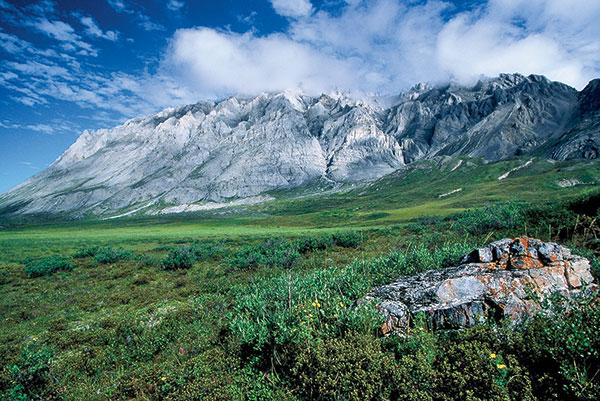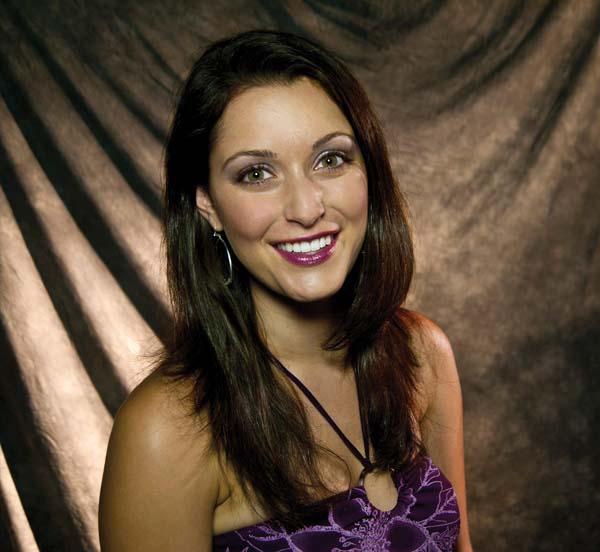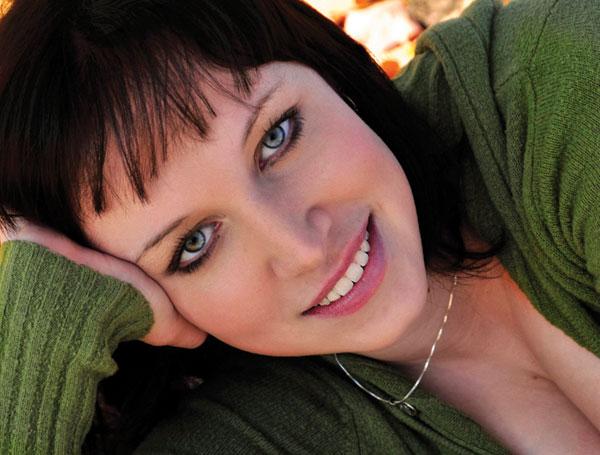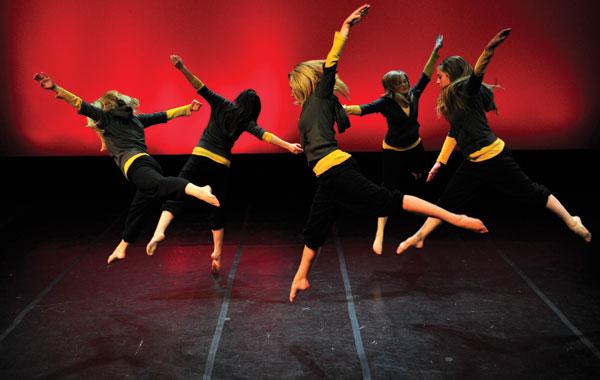Chuck Gloman
|
Mar 03, 2015
|
Sep 10, 2013
|
Nov 17, 2012
|
Jun 15, 2012
|
Mar 15, 2012
|
Feb 21, 2012




 Rain or shine, you can always depend on an umbrella to give you soft, even illumination on your subjects. Whether using tungsten lighting, photofloods, or flash activated monolights, pointing the light into the umbrella will provide a controllable source of lighting. What follows are just some of the possibilities you have at your disposal with umbrellas. Changing the positioning of the unit(s), the output, the color of the umbrella, adding a gel and changing the background can make any subject a work of art.
Rain or shine, you can always depend on an umbrella to give you soft, even illumination on your subjects. Whether using tungsten lighting, photofloods, or flash activated monolights, pointing the light into the umbrella will provide a controllable source of lighting. What follows are just some of the possibilities you have at your disposal with umbrellas. Changing the positioning of the unit(s), the output, the color of the umbrella, adding a gel and changing the background can make any subject a work of art. Sometimes the lighting in your environment is too strong, whether daylight or artificial, and you need to soften it slightly—that’s where diffusion comes into play. In the following examples, we’ll look at how diffusion can soften “direct” light.
Sometimes the lighting in your environment is too strong, whether daylight or artificial, and you need to soften it slightly—that’s where diffusion comes into play. In the following examples, we’ll look at how diffusion can soften “direct” light.




